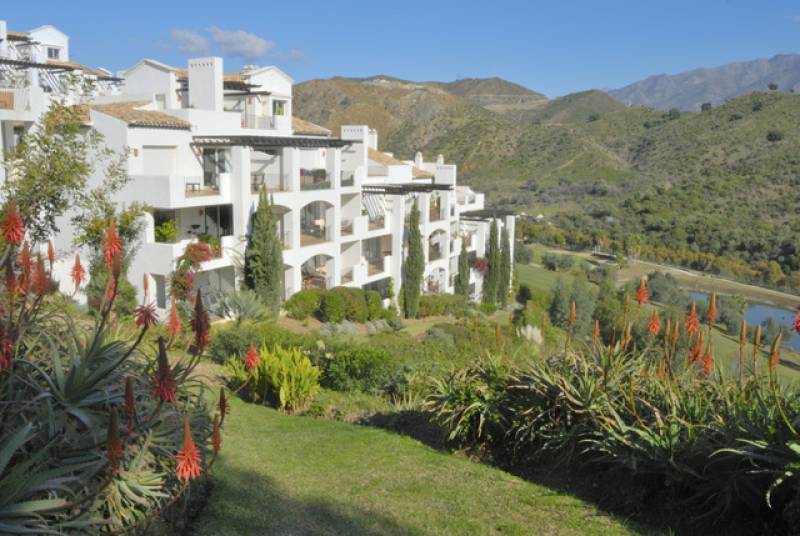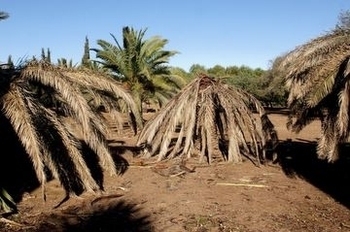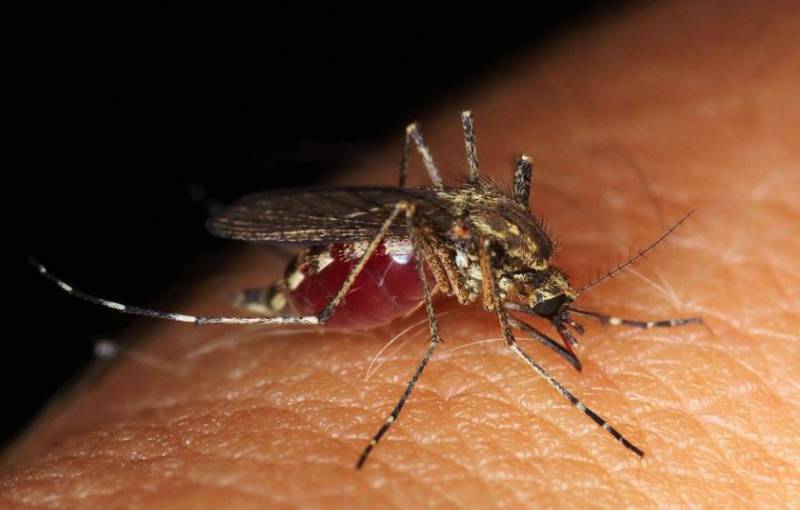
To be listed on the haciendadelalamo TODAY MAP please call +34 968 018 268.
Propagating Ice plants, one of the easiest and best plants for this dry climate
Gardening in Spain, Propagating Ice plants, a gardeners best friend.
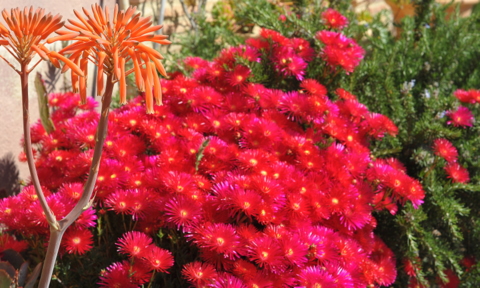
For simplicities sake well call them all ice plants.
These are one of the easiest possible plants to propagate, yet are one of the most useful in dry bed planting schemes, pots and rockeries.
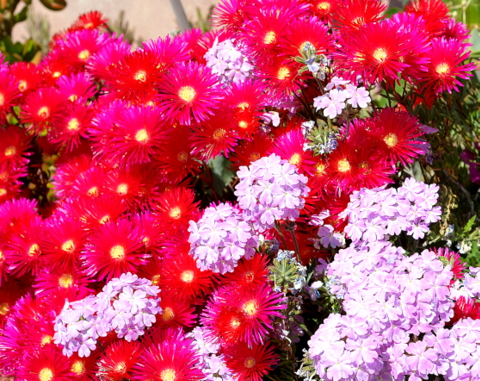
Once the exuberant flowering is over, the flowers turn brown, then form seed heads which are soon swallowed by the abundant growth which follows, and theyll keep going through the hot months, spreading into wide, ground covering clumps.
Left to their own devices theyll rampage across an area in no time, growing in all but rubble, but this is their greatest disadvantage as a plant, as they can become a little too widespread if not restrained and can look a mess in the summer as the surplus new growth wilts back unless the plant is irrigated..

The centre of the plants can become a bit woody as the plants get older, so its often worth taking cuttings after the big spring flowering period when the plants are cut back or replacing with new plants.
Just to give you an indication of how rampant these are, the little cutting in the photos is the same size as the enormous pink clump in the photograph was this time last year. This pink clump measures about 80cm by 60cm, which is one years growth.
Propagation methods
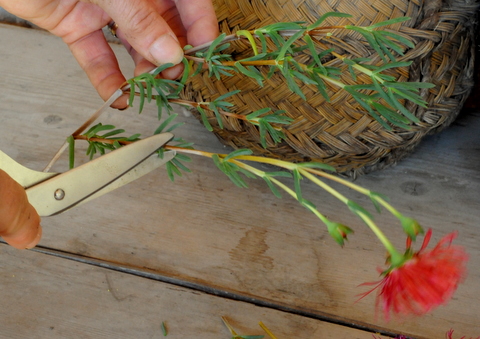
Try and lift up a large clump from the ground and you may find it impossible, as the branches laying on top of the soil have literally sent out new roots where theyre lying and started new plants.
Simply snip off a section with roots on the bottom and put it in virtually any type of soil, in a pot or directly into the ground, and off it goes.
If the neighbour has got a colour that really takes your fancy, a hesitant, "could I possibly take a little piece off the end of that plant, " will usually meet the response, "take as much as you want, its a wretched nuisance, I have to cut it back every year....." and the next thing you know, the neighbour will be back out with a bin bag and a pair of cutters, glad to see you take away as much as you want.
Some of these are rather "juicier "than others, but dont worry, treat them the same as the woodier examples, just trim off the surplus growth a bit more ruthlessly.
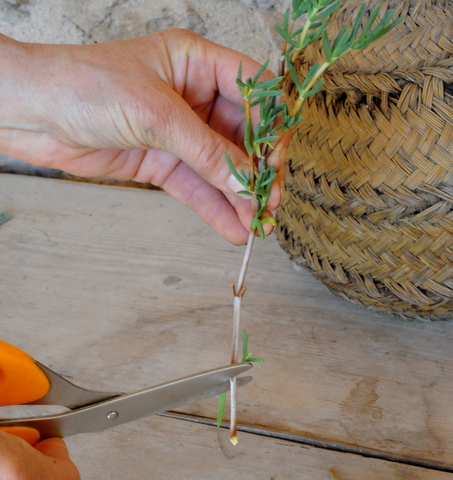
We tend to go for "wood " thats quite young and fresh, but has "gone hard", with softer and fresher new growth , springing from it. We dont take the "old wood" from the centre of the plant.
If you look carefully at the plant, youll see that the older wood in the middle is thicker and denser, and the branches get increasingly softer as they reach the tip, which is really "springy." Its best to choose the point at which the wood has hardened off a bit, but isnt too old.
If you try to take cuttings from the sappy new growth, theyre more likely to rot off, so choose a slightly firmer piece to plant.
Cut off the flowers and any seed heads, and remove surplus growth, leaving only strong young shoots and not too many of them. Be ruthless, the first job this new plant has is to put out some roots , and it doesnt want to struggle with having to try and look after lots of top growth.. Pinch out the tips of the shoots and cut the main stem just below the point at which the leaves were growing on the main stem.
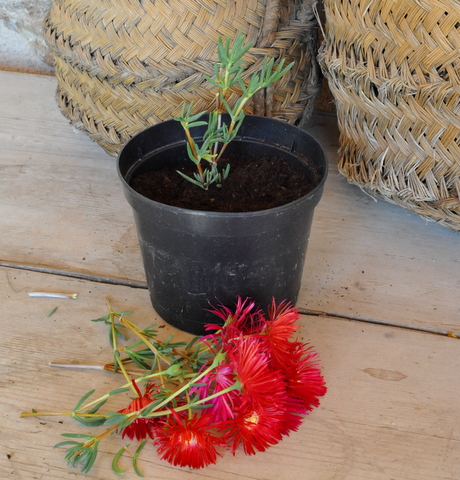
We try to bury at least 2 or 3 of these important little junctions below the ground, so the stem has lots of places from which to send out roots.
Water in lightly and keep in a shaded area out of the sun until the plant starts to show signs of growth. When this happens it normally means youve got a root system. There is no need to fuss over these, as they normally strike 95% of the time. Allow the compost to be slightly damp, but not wet , try to avoid full on sun until youve got a root system, and use a decent sized pot so that the plant can stay in a pot until the heat has died off and can be planted out in the autumn.
Pinch out the tips regularly to encourage a bushy plant for the autumn.


















